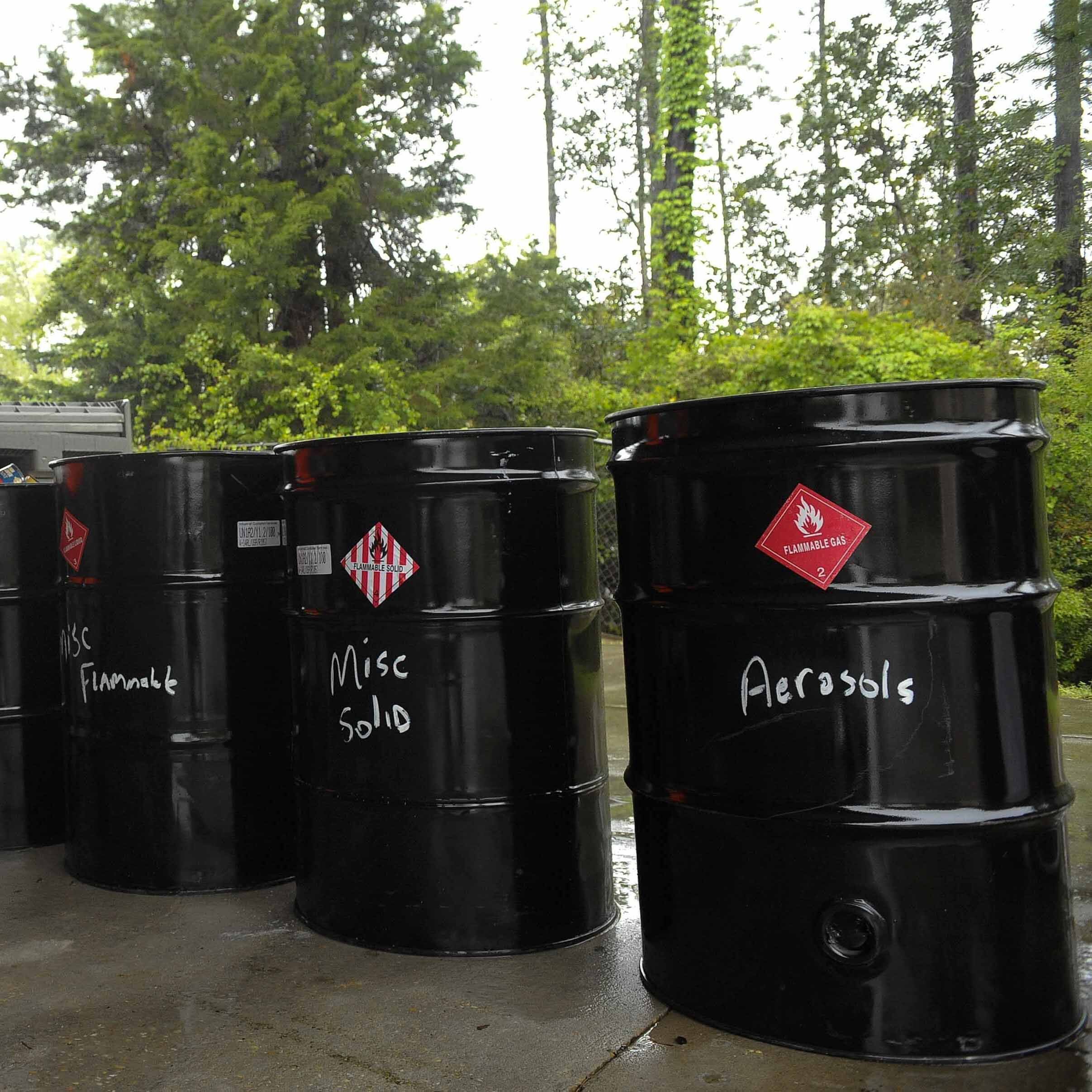EPA Final Rule: Modernizing RCRA Ignitable Hazardous Waste Determinations
/(Source: www.hurlburt.af.mil)
The U.S. Environmental Protection Agency (EPA) final rule, Modernizing Ignitable Liquids Determinations, issued on June 8, 2020, gives generators increased flexibility to determine if wastes meet the Resource Conservation and Recovery Act (RCRA) ignitability characteristic. While the rule does not change the classification criteria for ignitable waste, it does give generators additional, safer options for testing wastes to determine whether they exhibit the ignitability characteristic.
What’s Changing?
The final rule’s update to the flash point test methods in 40 CFR 260.11 now allows the use of non-mercury thermometers. Additionally, the rule uses specific new language for the exclusion for aqueous solutions, clarifies the requirements for multiphase materials testing, and integrates modern standards into the RCRA hazardous waste regulations.
Resolving Outdated Ignitability Test Methods
Up until now, the existing test methods for ignitability required the use of mercury thermometers. While commonplace in the late 1970s when the original test methods were created, mercury thermometers are no longer ubiquitous, making them hard to purchase and difficult to maintain. Additionally, since mercury thermometers have to be managed as universal waste, using them contributes to a facility’s compliance burden.
What Makes Hazardous Waste Ignitable?
Ignitable hazardous waste (D001) is regulated to reduce the possibility of causing or contributing to fires during routine waste management activities. Solid wastes that are regulated as ignitable hazardous waste (D001) are listed as:
Ignitable liquids with flash points less than 140 °F (60 °C)
Ignitable non-liquid wastes that are “capable, under standard temperature and pressure, of causing fire through friction, absorption of moisture, or spontaneous chemical changes and, when ignited, burn so vigorously and persistently that they create a hazard”
Ignitable compressed gases (a category requiring several different tests)
Ignitable oxidizers
Is “Ignitable” and “Flammable” the Same Thing?
The terms ignitable and flammable are not identical and each has a specific regulatory definition. For example, materials that pose a fire risk in transport are considered flammable by the U.S. DOT, but not every D001 hazardous waste is regulated as a flammable material by the U.S. DOT. Furthermore, a material that does not meet the requirements to be an ignitable hazardous waste (D001), may still be considered a flammable hazardous material under the U.S. DOT’s criteria.
If your facility needs help navigating RCRA compliance, please fill out our quick response form or call (800) 508-8034 to speak with one of our environmental compliance consultants.
Blog Author
Kristen Belcredi, P.E., C.H.M.M., ISO Auditor
Sr. Vice President, Air & Engineering Services
KERAMIDA Inc.
Contact Kristen at kgb@keramida.com.








